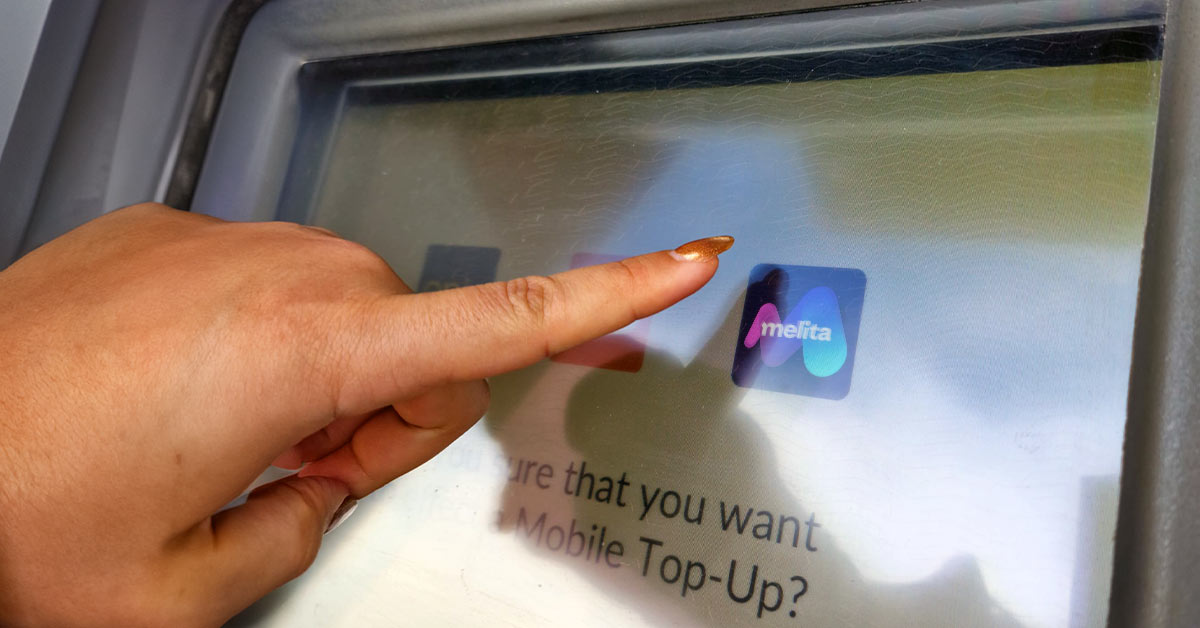
In an age where mobile connectivity is tantamount to a lifeline, disruptions can be more than just inconvenient—they can be downright disruptive. Whether it’s for work, social interaction, or emergency situations, a reliable mobile connection is indispensable. This article aims to be your comprehensive guide to diagnosing and resolving common mobile connectivity issues. From slow internet speeds to dropped calls, we’ll delve into each problem and offer step-by-step solutions to get you back online.
Common Mobile Connectivity Issues and How To Troubleshoot Each Issue
1. Slow Internet Speed
Explanation: Slow internet speed can be a result of various factors such as network congestion, outdated software, or even physical obstructions.
Solution:
- First, run a speed test to confirm the issue.
- Restart your device and check if the speed improves.
- If you’re in a crowded area, move to a less congested location.
- Update your device’s software and carrier settings.
2. Dropped Calls
Explanation: Dropped calls can occur due to network glitches, low signal strength, or even hardware issues.
Solution:
- Check your signal strength; if it’s low, move to an area with better coverage.
- Update your phone’s software.
- Reset network settings (this will erase saved Wi-Fi passwords).
3. Text Message Failures
Explanation: Texts may fail to send due to network issues, incorrect settings, or software glitches.
Solution:
- Check if you have a stable network connection.
- Restart your device.
- Check your message centre number in settings; consult your carrier for the correct number.
4. No Service or Signal
Explanation:
This issue can be due to network outages, SIM card problems, or your location.
Solution:
- Restart your phone.
- Remove and reinsert your SIM card.
- Check for carrier updates and install them.
5. Inability to Connect to Wi-Fi
Explanation:
This could be due to incorrect passwords, outdated router firmware, or software issues.
Solution:
Solution:
- Confirm the Wi-Fi password.
- Restart your router and device.
- Update your device’s software.
6. Data Connection Fails
Explanation:
This can happen due to incorrect APN settings, expired data plans, or network issues.
Solution:
- Check your data balance.
- Confirm APN settings with your carrier and update them.
- Restart your device.
7. Call Sound Quality Problems
Explanation: Poor call quality can be due to low signal strength, outdated software, or hardware issues.
Solution:
- Move to an area with better signal.
- Update your device’s software.
- Use headphones to check if the issue is with the device’s speaker.
8. Phone Freezes
Explanation: This can be due to running too many apps, low storage, or software glitches.
Solution:
- Close unnecessary apps.
- Clear cache and data.
- Restart your device.
9. Overheating Phone
Explanation: Overheating can occur due to excessive usage, running high-intensity apps, or hardware issues.
Solution:
- Close all running apps.
- Let your phone cool down.
- Check for software updates that might fix the issue.
10. App Crashes
Explanation: This can be due to outdated apps, low storage, or software conflicts.
Solution:
- Update the app.
- Clear the app’s cache and data.
- Reinstall the a
11. MicroSD Card Not Working
Explanation: This can be due to a corrupted card, incorrect format, or hardware issues.
Solution:
- Remove and reinsert the card.
- Format the card (this will erase all data).
- Use another device to check if the card is faulty.
Preventative Measures for Mobile Connectivity Issues
1. Keeping Software Up-to-date
Regularly updating your device’s software can prevent many issues before they even start. Manufacturers often release updates that fix bugs and improve performance.
2. Regular Device Maintenance
Routine checks like clearing cache, deleting unnecessary files, and closing unused apps can go a long way in maintaining optimal performance.
3. Smart Data Usage Habits
Be mindful of your data usage. Exceeding your data limit can result in reduced speeds or additional charges. Use Wi-Fi whenever possible.
4. Choosing a Reliable Network Provider
Your choice of network provider can significantly impact your mobile experience. Research and choose a provider known for reliable service and strong coverage.
5. Importance of Strong and Secure Wi-Fi Connection
A strong and secure Wi-Fi connection not only provides faster speeds but also protects against potential security threats. Always use a secure, password-protected network.
By taking these preventative measures, you can significantly reduce the likelihood of experiencing mobile connectivity issues, ensuring a smoother, more reliable mobile experience.
When to Consult Experts and How to Connect Effectively
While the aforementioned troubleshooting steps can resolve a majority of common mobile connectivity issues, there are instances where professional intervention becomes necessary. Complex hardware issues, persistent software glitches, and network-related problems that are beyond your control may require expert assistance.
Signs That You May Need to Contact a Professional or Your Service Provider
Persistent Issues: If the problem persists despite multiple troubleshooting attempts, it’s time to consult an expert.
Hardware Malfunctions: Issues like a non-responsive screen, faulty ports, or unexplained overheating often require professional repair.
Network Outages: If you’ve confirmed that there’s a network outage affecting a large area, your service provider will need to address it.
Information on How to Reach Out to Professionals Effectively
Be Prepared: Before contacting customer support, have all relevant information at hand—your account number, device model, and a detailed description of the issue.
Use Multiple Channels: Many service providers offer support via phone, email, and live chat. Choose the most convenient and effective channel for you.
Follow Up: Keep a record of all communications, and don’t hesitate to follow up if the issue isn’t resolved in a timely manner.
Useful Tools and Apps for Diagnosing Mobile Connectivity Issues
In addition to built-in diagnostic tools on your device, there are third-party applications designed to help you identify and resolve connectivity issues. These apps can provide real-time data, run automated tests, and even offer solutions.
Speedtest by Ookla: This app is excellent for testing your internet speed and provides detailed insights into your connection’s performance. It’s available for both Android and iOS.
Wi-Fi Analyzer: Available for Android, this tool helps you identify the best Wi-Fi channels to improve your connection speed. It provides a visual representation of all nearby Wi-Fi networks.
OpenSignal: This app offers comprehensive data on cellular signal strength, Wi-Fi connections, and even network speed tests. It’s available for both Android and iOS.
Phone Doctor Plus: This is an all-in-one app that checks over 30 hardware and system components, including network connectivity. It’s available for iOS.
Network Cell Info: Specifically designed for Android, this app provides detailed information on your cellular connection, including signal strength and network type.
By leveraging these tools and apps, you can gain a more in-depth understanding of your mobile connectivity issues, making it easier to troubleshoot problems or explain them to professionals when needed.






